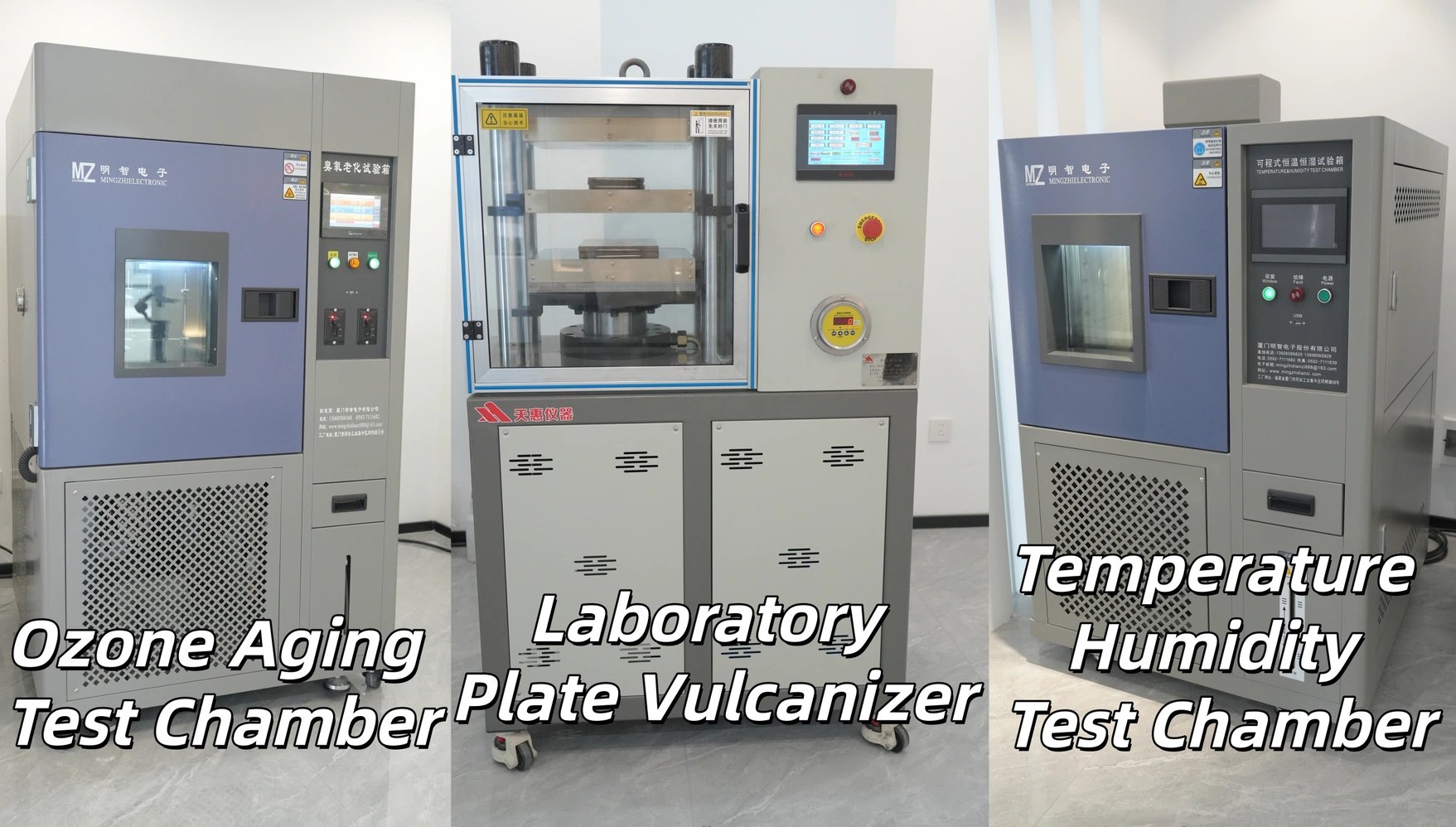At Yujin’s Aipuluo factory in Zhangzhou, our dedicated wiper blade lab is now officially in use. This upgrade represents more than an improvement in facilities—it reflects our continued investment in R&D and in strengthening the wiper blade quality control process. With more advanced wiper blade testing and verification methods, we aim to deliver durable wiper blades that distributors, retailers, and drivers can rely on.
This laboratory is built around a full testing framework that recreates the conditions car wiper blades face in real use. From rubber weather resistance to frame structure stability, we evaluate the total performance of each wiper blade. Our focus includes rubber cracking, frame deformation, wiping noise, and the blade’s ability to maintain stable performance in extreme weather. This ensures users in different climates enjoy the same clear and safe driving visibility.

This chamber simulates harsh environments (40°C, 65% humidity, 50 PPHM ozone) to accelerate aging and verify the rubber’s resistance to ozone erosion. Through this process, we identify cracking, oxidation, and long-term fatigue risks before mass production. The test helps ensure our windshield wiper remain flexible and stable even after extended use.
As a key part of the vulcanization process for wiper blades, this system measures hardness, tensile strength, and curing uniformity. These data points allow us to control rubber quality from the source, preventing deformation and early wear. This gives distributors and auto parts stores confidence that our blades maintain long-term elasticity and stable wiping pressure.
Temperature-resistant wiper blades must handle a wide range of climates. This chamber simulates humidity and temperature cycles—from winter frost to summer heat—to verify whether the rubber becomes hard and brittle at low temperatures and softens and deforms at high temperatures. With this data, we ensure the wiper blade performs consistently whether used in southern rainy seasons or northern winters.
|
Name of instrument |
Function |
|
Mooney Viscometer |
Rubber raw materials, viscosity & ductility Test whether the viscosity and ductility of raw materials meet the standards |
|
Moving Die Rheometer |
Rubber raw materials,time & temperature required for rubber vulcanization Testing the time and temperature required to transform rubber from a soft, viscous state into a solid material with elasticity and wear resistance |
|
Hardness Tester |
Test hardness |
|
Fully Automatic Image Measurement Instrument |
Rubber strip width Cut off a small section and measure three widths of rubber strip. Measure 3 widths 0.9/0.45/0.6milimeter, affect the wiper swing |
Together, these instruments form a complete quality-control chain, covering material formulation, rubber behavior, and finished product dimensions. This multi-stage validation strengthens the reliability of every wiper blade leaving our factory.
For us, building this lab is a practical step toward fulfilling our quality commitment. With more rigorous testing standards, we aim to be a reliable wiper blade supplier and a long-term partner for wholesalers and retailers.
If you would like to learn more about our testing standards, OEM capabilities, or product details, welcome to email wiperblade8@xmyujin.com or contact us. Yujin looks forward to supporting your business with consistent quality and dependable supply.
